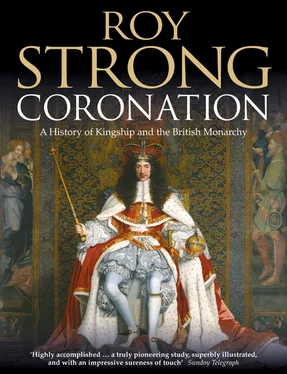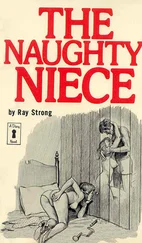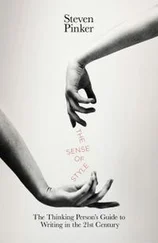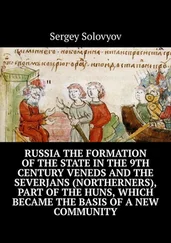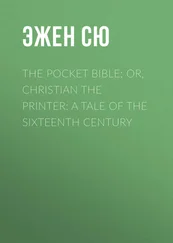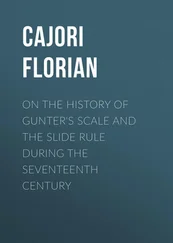IN THE SAME YEAR ‘the lord king, inspired by his devotion to St Edward, ordered the church of St Peter at Westminster to be enlarged.’ With these words the chronicler, Matthew Paris, records Henry III’s decision not so much to ‘enlarge’ as to demolish and rebuild the Coronation church.’ 1 This was a building project on a scale unparalleled anywhere else in Western Europe at the time. It was not only, however, driven on by the king’s commitment to the cult of his saintly forebear, but equally by a desire to outshine the French king, Louis IX, the builder of the Sainte-Chapelle. In St Edward the Confessor Henry III saw an ideal pattern for his own kingship, one which he set out to imitate and emulate. 2 The very fact that he was to eclipse the saint by rebuilding his church on an even grander scale is evidence enough of that. Although its role as a royal valhalla and as a meeting place for both the King’s Council and the nascent House of Commons has long since gone, it still retains its place at the heart of the nation as a royal church, what is called a royal peculiar, one which is exempt from episcopal jurisdiction, and as the setting for a proliferation of royal events, of which over seven centuries later the Coronation still remains the greatest.
The contribution of Henry III to the history of the Coronation, therefore, cannot be overestimated. He was to provide it with its mise-en-scène, a supremely graceful, soaring, many-pinnacled glasshouse, rivalling, if not surpassing, the greatest of the French Gothic cathedrals, which indeed inspired it. In Henry III’s mind Westminster Abbey had above all to eclipse in splendour the French Coronation church of Reims. To achieve that the king employed for the task a man well versed about all that was happening in France, Henry de Reyns. The Gothic style was still relatively new to England when the Abbey arose with a speed which must have astonished contemporaries. Twenty-five years before, the monks had also, it seems likely, taken the decision to rebuild. They began with a Lady chapel sited beyond the existing east end, a project to which Henry III contributed the golden spurs with which he was invested at his Coronation there in 1220. Lack of funds meant that the scheme stagnated until the king suddenly embarked on his own massive project, lavishing on it the equivalent of the crown’s total revenues for two years. In just twenty-four years the east end, transepts, choir and part of the nave were already up, enough for the church to be formally dedicated on 13 October 1269. This was a church built by a man who had a highly elevated concept of the office of kingship. By 1245 the Abbey had established itself as the immutable setting for the crowning of the kings of England. It was, therefore, custom-built from the outset with that ceremony in mind. Henry III had been crowned in haste as a child of nine in Gloucester cathedral with a gold circlet because London was in the hands of the French. But the central role of the Abbey in his eyes is reflected in the fact that he obtained a papal dispensation to be not only crowned but also anointed a second time in the Abbey in 1220. Both Coronations would have been according to the Third Recension. 3 But the new dynastic church by its very scale and concept would seem to call for a ceremony to match (although it has been equally argued that it prompted no such development). And, indeed, that is precisely what happened, for sometime towards the end of the thirteenth century a new ordo was compiled, the Fourth Recension. This, we know, was certainly used for the Coronation of Edward II in 1308, but there is no way of proving one way or the other that it was used for his father, Edward I, in 1274. As a document (to which I will come shortly), it is difficult not to believe that Henry III had some hand in it. Why else the grand ceremonial north entrance through which the great processions passed, the pushing back of the choir westwards to leave a large clear space at the crossing on which to erect a stage, or the deeply symbolic cosmic pavement in the sacrarium? And that is to name but a few of the features which must have been conceived with the action of the Coronation in mind.
Henry III left an indelible legacy in this church. He lies buried on the site of the former tomb of the Confessor, hard by the new shrine which he built, on which he lavished gold and precious stones and around which he accumulated relics of the Holy Blood, a nail from the Cross, the Virgin’s girdle and the stone on which Christ had stood at his Ascension. 4 To these his son, Edward I, was to add more, and one in particular to which we must turn our attention and which was to play a major role in the history of the Coronation, the Stone of Scone. Although Edward was overlord of both the Welsh princes and the kings of Scotland, his ambition was to totally subjugate them and bring the entire island under his rule. In the case of Wales and the erection of a network of castles he would be successful. In that of Scotland he would fail.
The Stone of Scone upon which Alexander III, King of Scotland, had sat in 1249 when he was crowned, was taken by Edward I in 1296 during his Scottish campaign and presented, along with the Scottish crown and sceptre, to the shrine of the Confessor. It remained in the Abbey ever since until a Labour prime minister, Tony Blair, at the very close of the twentieth century returned it by diktat to Scotland on the back of devolution. By this act a unique medieval artefact was vandalised.
What in fact is the Coronation chair and when did it enter the Coronation story? Modern scholarship has shed a mass of new light on this intriguing object. 5 We know that the Stone was acquired in the summer of 1296 and that Edward I had decreed that a chair cast in bronze was to be made to receive it and that it was to be placed next to the altar at the west end of the shrine of St Edward. To make that bronze chair a wooden mould or pattern had to be made. That is likely to have been designed by the king’s master-mason, Michael of Canterbury, who was used to designing thrones, and carried out by the king’s painter, Walter of Durham. In the summer of 1297 all of that was abandoned due to the expense of the war in Flanders. Instead, a wooden chair was made and installed on a low painted step or dais next to the shrine’s altar. This had a canopy or cover over it, which Richard II was later to restore or repair. The existing chair is, therefore, not earlier than the summer of 1297 and not later than March 1300. Its initial decoration was not very complex, with only gilding over a lead white base.
There is no connexion with the Coronation, explicable in the sense that for the next thirty years any reference to the Stone is always to it as a sign of victory. It is significant that the Coronations of both Edward II and Edward III pass by with no reference to its use, nor, which is more to the point, is there any reference in the two sets of negotiations for the Stone’s return to Scotland in 1324 and 1328. If it had been used for the Coronation of an English king it would certainly have been pointed out on one or both of those occasions, but then the kings of England never officially styled themselves as kings of Scotland. It is from 1300 onwards, after the Stone had come to England, that the earliest legendary histories of the Stone surface, different in both countries. According to Scottish myth the Stone was brought to Scotland by Pharaoh’s daughter Scota and it arrived via Ireland. In the English version it was the stone on which the patriarch Jacob had laid his head at Bethel and dreamt of a ladder of angels stretching from earth to heaven (Genesis 28: 10–22). In both sets of negotiations it figured as an artefact attached to the shrine of St Edward and as a sign to the English of a great victory. Nothing came of the 1324 request for its return, but in 1328 Edward III actually ordered the Abbey to send it north. The abbot, in fact, refused. It is precisely around this time that the Jacob legend appears, and it would seem likely that a far more elaborate programme of gilded and pounced decoration was applied to the chair in its newly enhanced status. Although in an inventory of 1300 it is referred to ‘in order that the Kings of England and Scotland might sit on it on the day of their Coronation’ the line is, in fact, crossed. Its earliest certain use was to be in 1399 for Henry IV, but little is known about it for most of the fourteenth century, although its use at Coronations during this period cannot be ruled out. Thomas of Walsingham, when describing the form and manner of an English Coronation, writes that details are to be found in books in the Abbey and with the Archbishop of Canterbury, including the enthronement of the king upon the royal seat above the Stone. 6
Читать дальше
